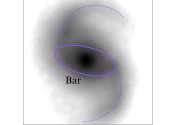Research suggests Mars once had more water than Earth's Arctic ocean
A primitive ocean on Mars held more water than Earth's Arctic Ocean, according to NASA scientists who, using ground-based observatories, measured water signatures in the Red Planet's atmosphere.








